FORT SAM HOUSTON, Texas -- The start of the new year also marks the beginning of the final push toward conclusion of San Antonio's 2007-2011 BRAC construction program.
While many new BRAC facilities are already in use, several of the program's most substantial projects are entering the final stages of construction and on track to be ready for occupancy before the BRAC completion deadline in September.
The BRAC program represents about $2 billion of work and approximately 6 million square feet of facilities, but it is part of a larger, ongoing Military Construction program in San Antonio that amounts to almost $3.3 billion of projects and more than 10 million square feet of space.
After BRAC construction concludes, non-BRAC construction in San Antonio is scheduled to continue at historically high levels at least for the next four years.
Most of the major BRAC projects coming to conclusion during the next several months are spread across Fort Sam Houston.
A ribbon-cutting ceremony is scheduled for Feb. 4 to formally open the Joint Center of Excellence for Battlefield Health and Trauma Research.
This facility is adjacent to Brooke Army Medical Center (BAMC) and was built to consolidate the research programs of all service branches aimed at enhancing combat casualty care.
To the north, the 181,000- square-foot Tri-Service Research Laboratory is expected to be ready for use by mid-spring. The lab will house research programs that address the health and safety effects of exposure to a variety of stressors in the field.
Across the post, construction is moving quickly on the campus of facilities being developed to accommodate the relocation of Headquarters, Installation Management Command from the Washington, D.C. area.
A new instructional facility for the Family and Morale, Welfare and Recreation Command, a subcommand of IMCOM, is slated for completion in the spring. By early summer, work is expected to be finished on a new 168,000-square-foot IMCOM headquarters building.
The historic Fort Sam Houston Theater is being renovated as part of the IMCOM campus to provide a new home for the FMWRC's Army Entertainment Division, which produces the traveling U.S. Army Soldier Show. This renovation project is on track to be finished by September.
Nearby, a new headquarters building for the 502nd Air Base Wing is targeted for completion by mid-summer. The 502nd is consolidating the installation support functions of Fort Sam Houston, Lackland Air Force Base, and Randolph Air Force Base.
Elsewhere on post, most of the 14 facilities that compose the Medical Education and Training Campus are finished.
All three of METC's dormitories and its five Medical Instructional Facilities have been turned over for use, along with the dining facility and the headquarters/administration building. The METC physical fitness center is scheduled to be completed by late spring.
Meanwhile, the campus has already held its first graduation ceremony, even as training programs are continuing to be launched.
Before the end of 2010, a group of Air Force staff sergeants completed a pharmacy course.
METC is consolidating the enlisted medical training programs of all branches of the military, providing instruction for a variety of medical specialists, such as combat medics, Navy corpsmen, radiology technicians, and biomedical equipment technologists.
The project to expand and renovate BAMC as the San Antonio Military Medical Center has overcome several challenges and remains on track for completion by the end of the summer. This project alone represents 44 percent of the total amount of usable square footage to be delivered within the BRAC program.
At Lackland Air Force Base, an Intelligence Operations Center is scheduled to be finished by the end of next month. This facility will support units that monitor and assess Air Force communications and computer systems.
Also at Lackland, it is anticipated that a technical training complex to support the Inter-American Air Forces Academy will be made ready for use before the end of spring.
"We've reached the point where the full impact of this program is becoming apparent," said David Thomas, director of the Joint Program Management Office, which manages design and construction of San Antonio BRAC, MILCON, and Sustainment, Restoration, and Modernization projects that are being executed by the Air Force Center for Engineering and Environment and the U.S. Army Corps of Engineers (USACE).
"The BRAC facilities that are being completed are the fruits of a planning effort that began more than five years ago," Thomas added.
As more BRAC projects reach completion, more recognition is coming for the sustainability that's being incorporated into the facilities.
All BRAC projects are built according to standards necessary to qualify for Leadership in Energy and Environmental Design Silver certification by the U.S. Green Building Council, but some facilities have exceeded this benchmark.
An administration building completed in 2010 at Randolph Air Force Base recently achieved LEED Gold designation. This structure incorporates five Civilian Personnel Offices that were relocated from other bases across the country to manage programs and carry out policies affecting Air Force civilian members.
The "green" design of this facility allows for a 40 percent reduction in water use and a 25 percent reduction in energy use compared to conventional buildings. Additionally, recycled materials accounted for 37 percent of the building materials used in construction.
Representatives of the JPMO that are overseeing construction of METC facilities are pursuing expanded LEED recognition.
The METC dining facility has achieved LEED Silver certification, but efforts are also underway to have as many as 11 other METC buildings certified as Silver or higher by the USGBC.
When it's completed, METC stands to be one of the few complexes in the nation to have attained campus-wide LEED certification.
Even though the BRAC program in San Antonio concludes this year, the construction momentum that BRAC has established will continue.
Multiple projects are planned from fiscal year 2012 through the end of fiscal year 2015. The value of the proposed projects during this time period is anticipated to be about $200 to $300 million per year, or roughly four to six times the historic annual average of military construction expenditures in San Antonio.
With almost $1 billion in post-BRAC projects already lined up, the impact of military construction in San Antonio stands to remain strong in the foreseeable future.
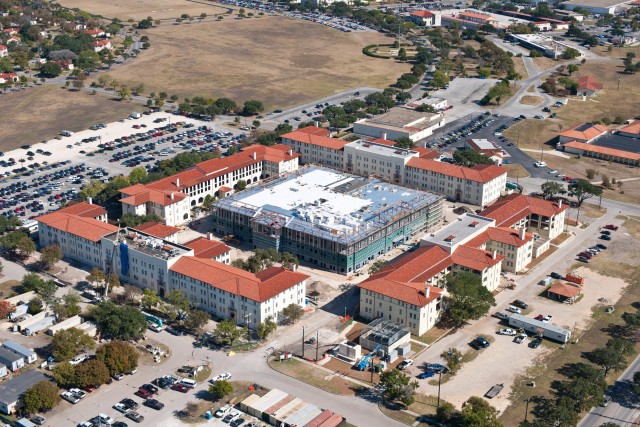


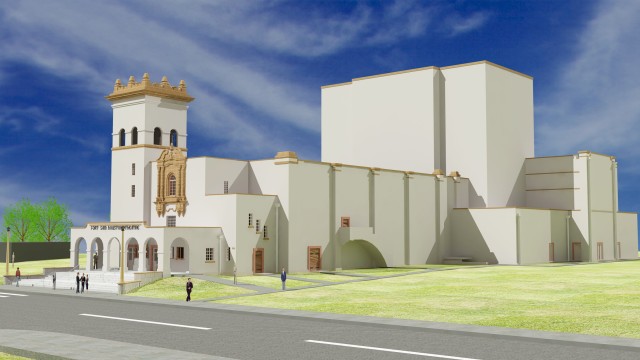
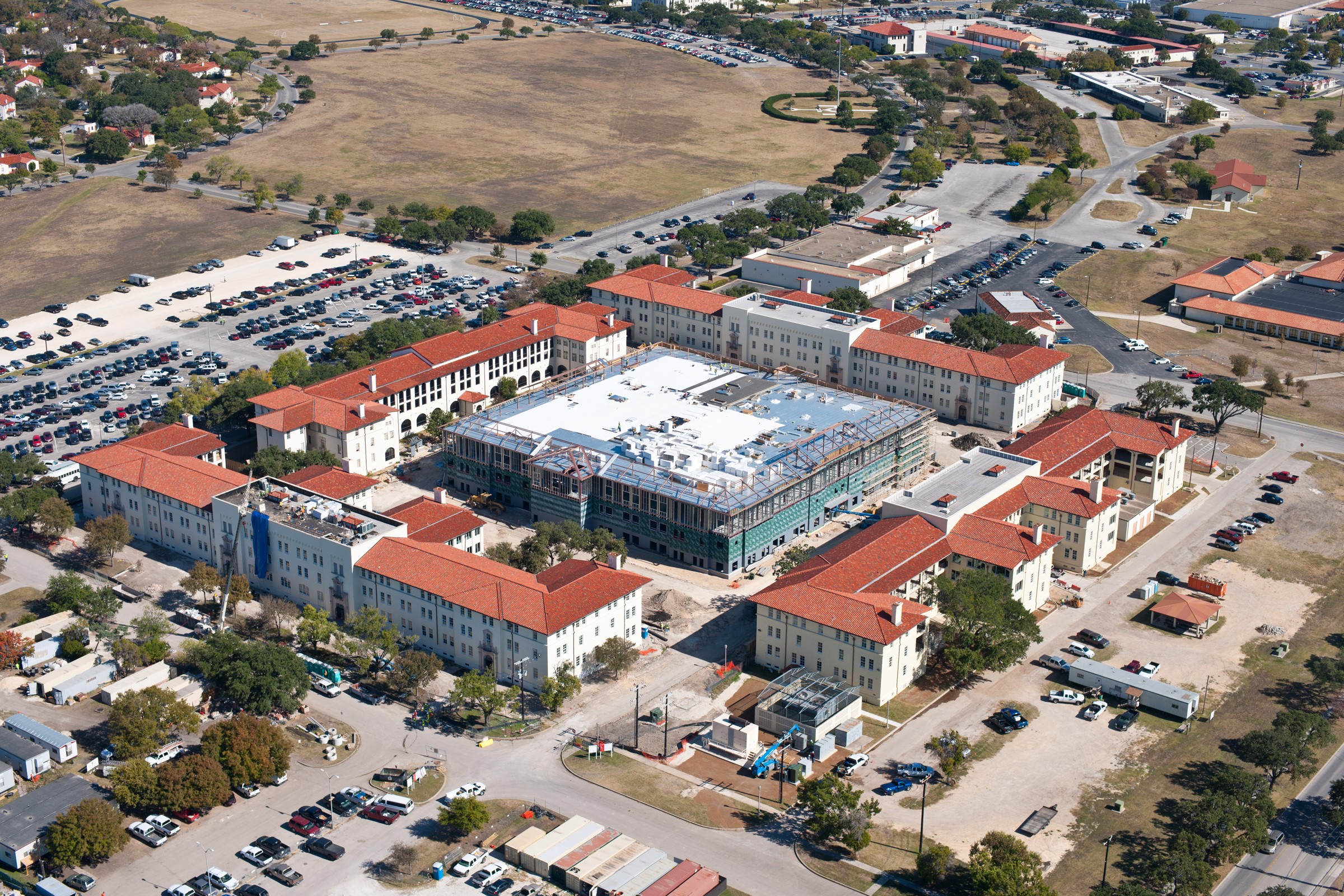
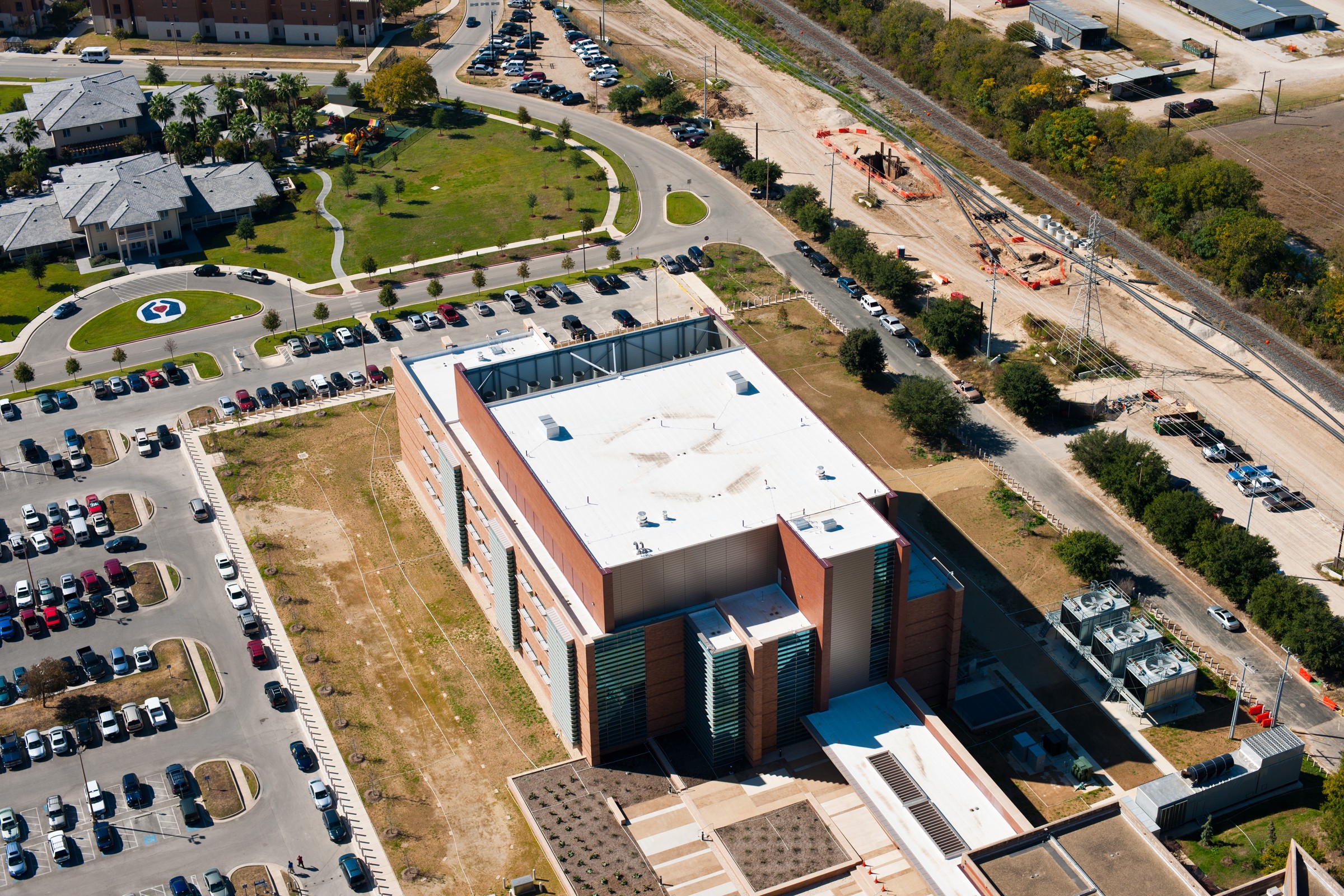
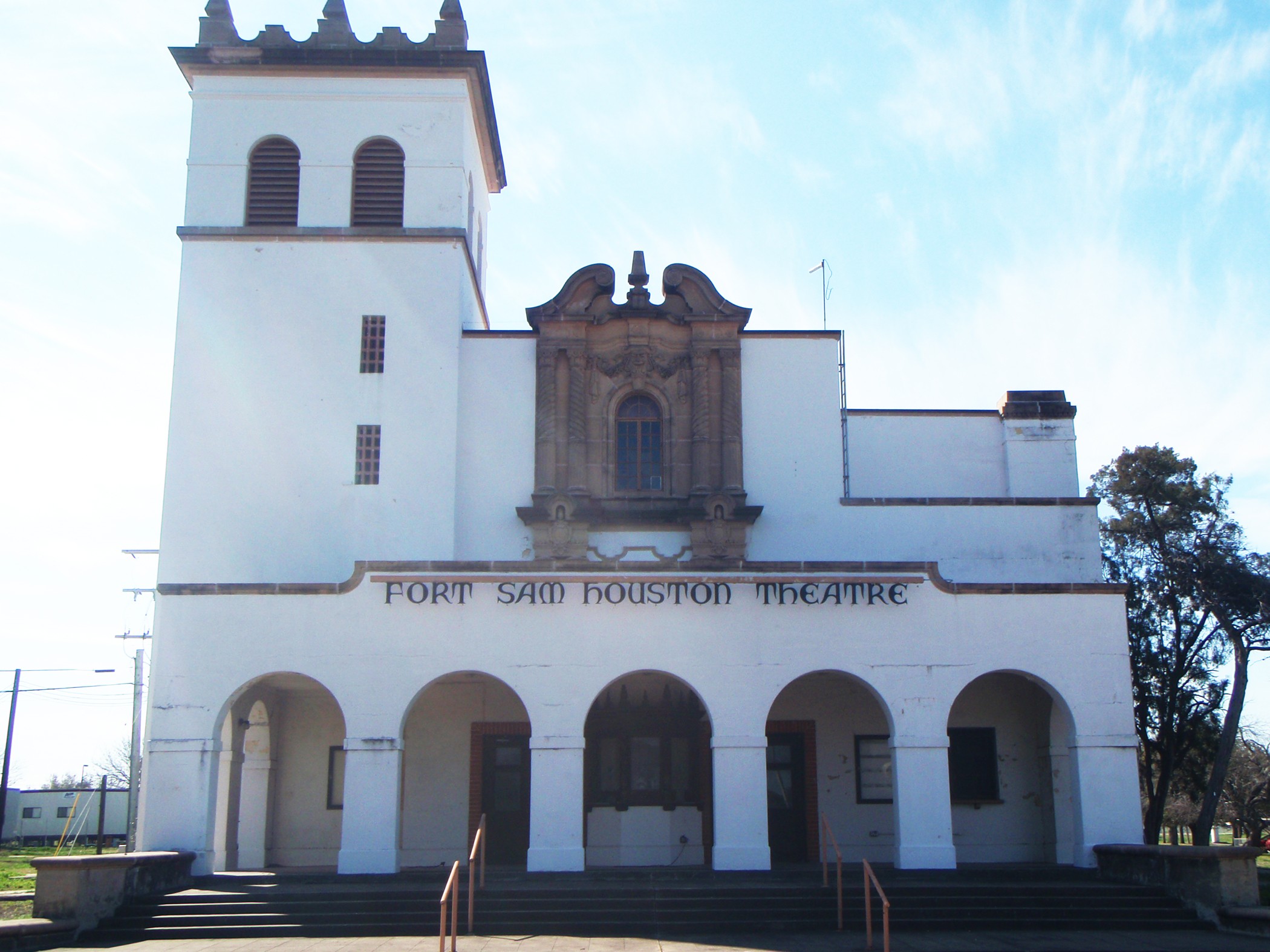

Social Sharing